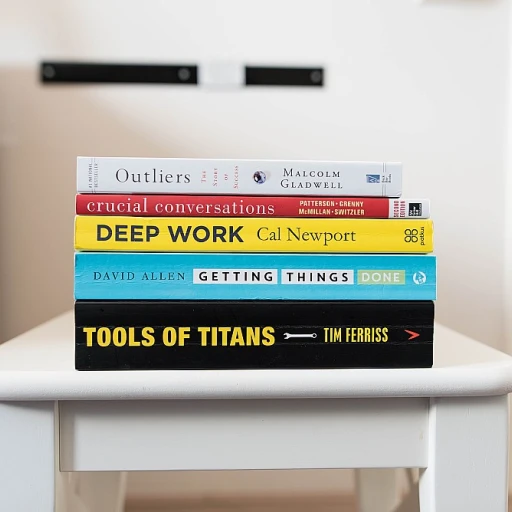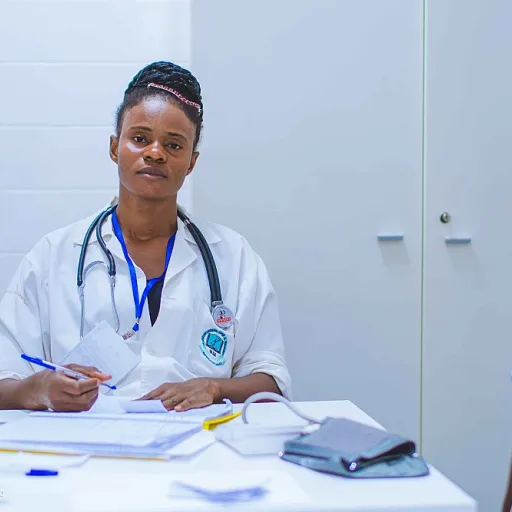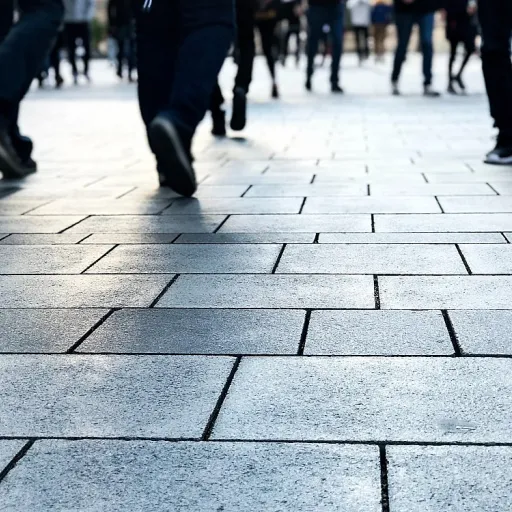
Understanding the Importance of Safety in Education
Emphasizing Workplace Safety in Educational Environments
In recent years, the significance of workplace safety in educational settings has become increasingly apparent. This focus extends beyond the traditional concerns of fire drills or preventing bullying, encompassing a wide array of safety measures that are crucial for educators, students, and staff. The integration of protective clothing and equipment in schools serves as a vital component in this safety framework, aiming to create environments that safeguard health and promote effective learning. In educational contexts, ensuring safety can sometimes be overlooked. However, it is essential to recognize that schools function as workplaces for teachers and administrators, demanding the same level of safety precautions found in other sectors. Protective clothing serves to shield educators and students from varied risks. From chemical spills in a school laboratory to preventing the spread of infectious diseases, the role of protective measures cannot be understated. Personal protective equipment, commonly known as PPE, is a key element in this regard. PPE includes a variety of devices and clothing such as gloves, masks, eye protection, and resistant arm guards that significantly reduce the risk of accidents and health hazards. For example, the use of surgical masks and face shields in crowded classrooms has become more common, aiding in respiratory protection. Additionally, bite resistant and stain-resistant clothing can be particularly useful in special education settings where unpredictability is higher. Such protective clothing not only protects individuals from harm but also ensures that they remain clean and focused, eliminating concerns that might otherwise distract them from their educational tasks. Moreover, encouraging the adoption of comprehensive PPE strategies benefits the entire educational community by enhancing health and safety standards. This contributes not only to safeguarding the school environment but also to fostering a sense of security among students and staff, allowing them to concentrate on learning and teaching without undue concerns about their safety. Enhancing your understanding of safety measures in educational settings can significantly contribute to a better learning experience. Discover how workshops on personal growth can elevate one's self-awareness and leadership skills by visiting enhancing personal growth through a self-leadership workshop.Types of Protective Clothing in Educational Settings
Exploring Protective Clothing in Educational Environments
In educational settings, ensuring the safety and well-being of students and staff is paramount. Protective clothing plays a crucial role in this regard, offering a layer of defense against various hazards. From science labs to vocational workshops, the types of protective clothing used can vary significantly, each designed to address specific risks.
One of the most common forms of protective clothing in schools is personal protective equipment (PPE). This includes items like gloves, masks, and eye protection, all of which are essential in maintaining a safe learning environment. For instance, surgical masks and respiratory protection are often used in settings where air quality might be compromised, such as during certain science experiments.
In more specialized educational settings, such as vocational training or special education programs, the need for protective clothing becomes even more pronounced. Here, bite-resistant clothing and arm guards might be necessary to protect against potential physical interactions. Similarly, eye protection and face shields are vital in workshops where flying debris could pose a risk.
For teachers and staff working in environments where chemical exposure is a concern, chemical-resistant gloves and body protection gear are essential. These items help reduce the risk of skin contact with harmful substances, ensuring that educational activities can proceed safely.
Moreover, the importance of maintaining clean and hygienic conditions cannot be overstated. Protective clothing like lab coats and aprons not only protect the wearer but also help keep the educational environment clean, minimizing the spread of contaminants.
While the implementation of protective clothing in schools presents certain challenges, as discussed in other sections, the benefits in terms of safety and health are undeniable. As educational institutions continue to prioritize workplace safety, the role of protective clothing will undoubtedly remain a key focus.
For those interested in further enhancing their understanding of safety in educational settings, exploring resources on enhancing personal growth through a self-leadership workshop can provide valuable insights.
The Impact of Protective Clothing on Learning Outcomes
Influence of Protective Gear on Student and Educator Performance
The incorporation of protective clothing in educational settings significantly impacts both learning outcomes and the general health of students and staff. The primary goal of using such equipment is to provide a safety net that enhances concentrate across various educational environments, be it regular classrooms or specialized workshops.
Enhancements in Focus and Engagement
Protective equipment like eye protection and gloves help maintain focus by creating an environment where learners and educators feel secure from potential hazards. In science laboratories or technical workshops, reductions in worry about safety risk factors, such as chemical spills or mechanical failures, allow participants to concentrate more on the actual learning activity.
Health and Safety Compliance
The adoption of personal protective equipment (PPE), which includes masks, gloves, and face shields, ensures that schools meet the necessary workplace safety standards. For instance, actual implementation of resistant clothing and bite-resistant gloves in special education classes preserves the health of teachers and students alike by reducing risks associated with bodily harm.
Reduced Absenteeism and Improved Staff Morale
Regular use of suitable outfits such as surgical masks and respiratory protection in a school environment can prominently decrease incidents related to health. This results in lower absenteeism rates among students and staff, promoting a robust continuous learning atmosphere. An educational institution where safety is paramount inspires better morale among teachers and working staff, directly contributing to higher productivity and job satisfaction.
For detailed information on supporting elements for continuous learning, refer to our discussion on mentorship in learning environments.
Challenges in Implementing Protective Clothing in Schools
Overcoming Barriers to Implementing Protective Gear in Schools
Integrating protective clothing in educational settings is not without its challenges. While the importance of safety in education is well recognized, the practical application of protective equipment (PPE) in schools often encounters several hurdles. These challenges can impact the effectiveness of safety measures and the overall learning environment.
One significant challenge is the cost associated with acquiring and maintaining PPE. Schools often operate under tight budgets, and investing in quality protective clothing, such as bite-resistant gloves, face shields, and eye protection, can be financially burdensome. This financial strain can limit the availability of essential safety equipment for both students and staff.
Another issue is the resistance to change among educators and administrators. Implementing new safety protocols requires a shift in mindset and practice, which can be met with reluctance. Teachers and staff may need additional training to properly use and maintain PPE, such as surgical masks and resistant arm guards, which can be time-consuming and require resources that schools may not readily have.
Furthermore, ensuring compliance with safety standards and regulations is a complex task. Schools must navigate a myriad of guidelines to ensure that their protective equipment meets the necessary safety requirements. This can be particularly challenging in special education settings, where the need for specialized protective clothing is even more pronounced.
Lastly, the comfort and practicality of PPE can affect its adoption. Protective clothing must be designed to be comfortable for prolonged use, especially in a school environment where students and staff are active throughout the day. Uncomfortable or cumbersome equipment can hinder its consistent use, reducing its effectiveness in providing protection.
Despite these challenges, the importance of protective clothing in maintaining workplace safety in schools cannot be overstated. By addressing these barriers, educational institutions can better protect their communities and create a safer learning environment.












